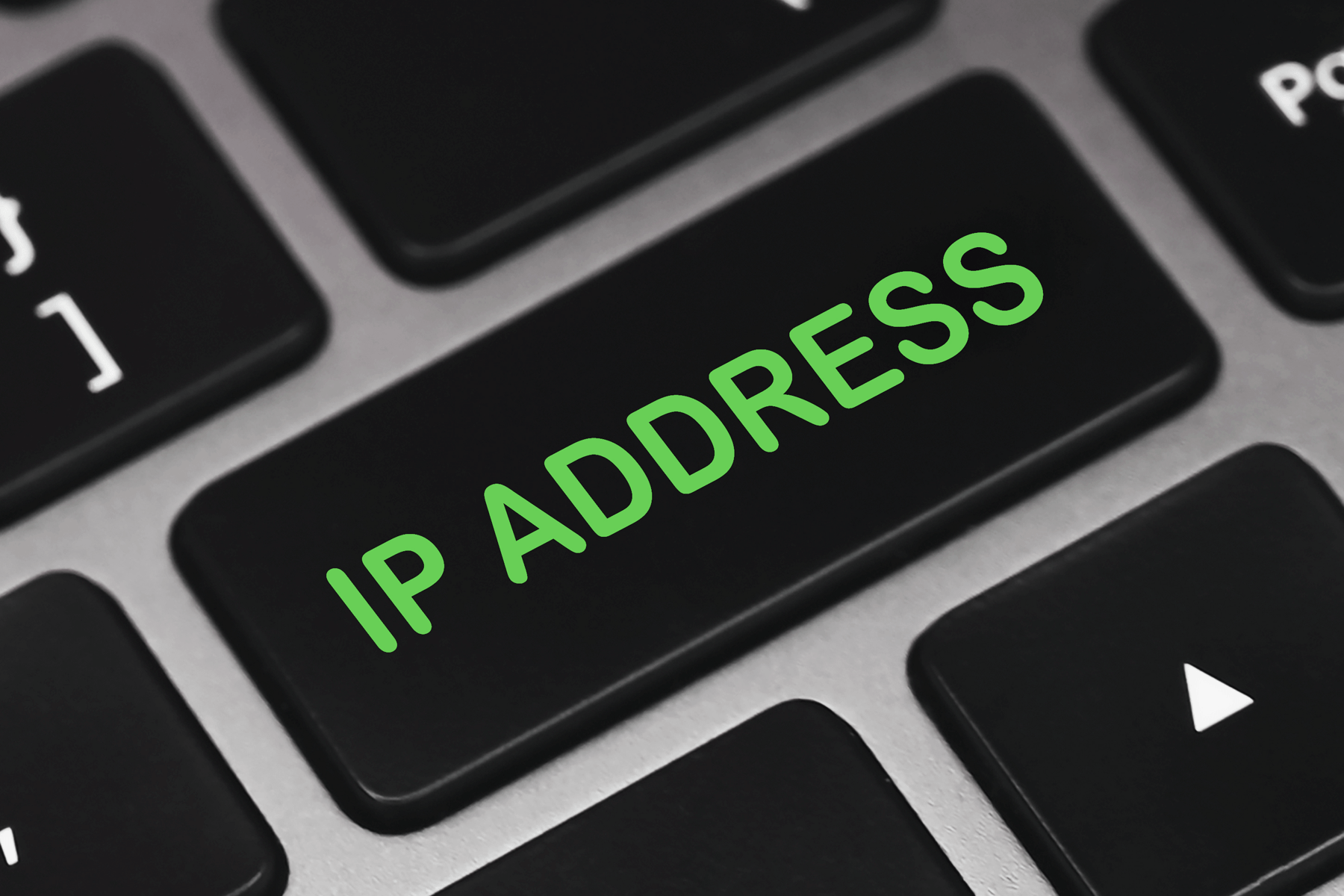How To Set Up A Static IP Address
As the name implies, a static IP address will stay unchanged as it remains connected to a particular network where it was set to function as such. For certain devices to function properly, think of things like printers or servers, it is crucial to maintain a constant connection to other devices it interfaces with. Another common device that uses a static connection is a router.
By default, a router’s IP will typically be 192.168.1.1 . While a router can also be configured to have a dynamic IP address, having it set to static helps in delivering the needed packets from your router to your device after it receives the requested date from your ISP (Internet Service Provider). When needed, setting up a Static IP address is a simple process that can be configured by anyone.
Access Your Router
Each time you use your home network, you are connected to it but accessing it means something in particular. First, open a web browser and enter your router’s IP address. The typical IP address was mentioned earlier and trying there is the best place to start. If that doesn’t lead to your router’s settings, look on the router itself or through the documentation to see the manufacturer’s default option.
It could take time to find the right address, but once you’ve successfully entered your router’s navigator, the DHCP settings is what you’ll need to find next. DHCP stands for Dynamic Host Configuration Protocol and its exact function is what assigns IP addresses used by the various devices that are connected to your network.
Disable DHCP
Now that you’ve found the setting, the next step will be to disable it. The process for this is as simple as it sounds and doing so will prevent your router from automatically assigning IP addresses to the devices on your network. After that, stay in the router settings and look for a tab or option that directly says Static IP Address.
Since menus and settings vary based on the manufacturer, it is possible the setting can also be found under a generic Network Settings tab. Once there, make sure you are comfortable that the changes that need to be made as a subnet mask, default gateway, and DNS information will need to be entered. After all needed information is entered correctly, click save and reset the router.
Why Do This?
For the curious among us that wanted to know how this is done before thinking about why this might need to be done, there are plenty of reasons. Having a static IP creates a constant connection which gives consistency to the devices connected to your network and the router itself. This also means more security as dynamic addresses are easier to spoof by the nature of their constant change.
Being manually configured means that the chances of successfully defending against a cyber attack is even greater. Network performance will also be improved for home servers and PC or console gaming, which is the main reason home users might desire a static IP.

